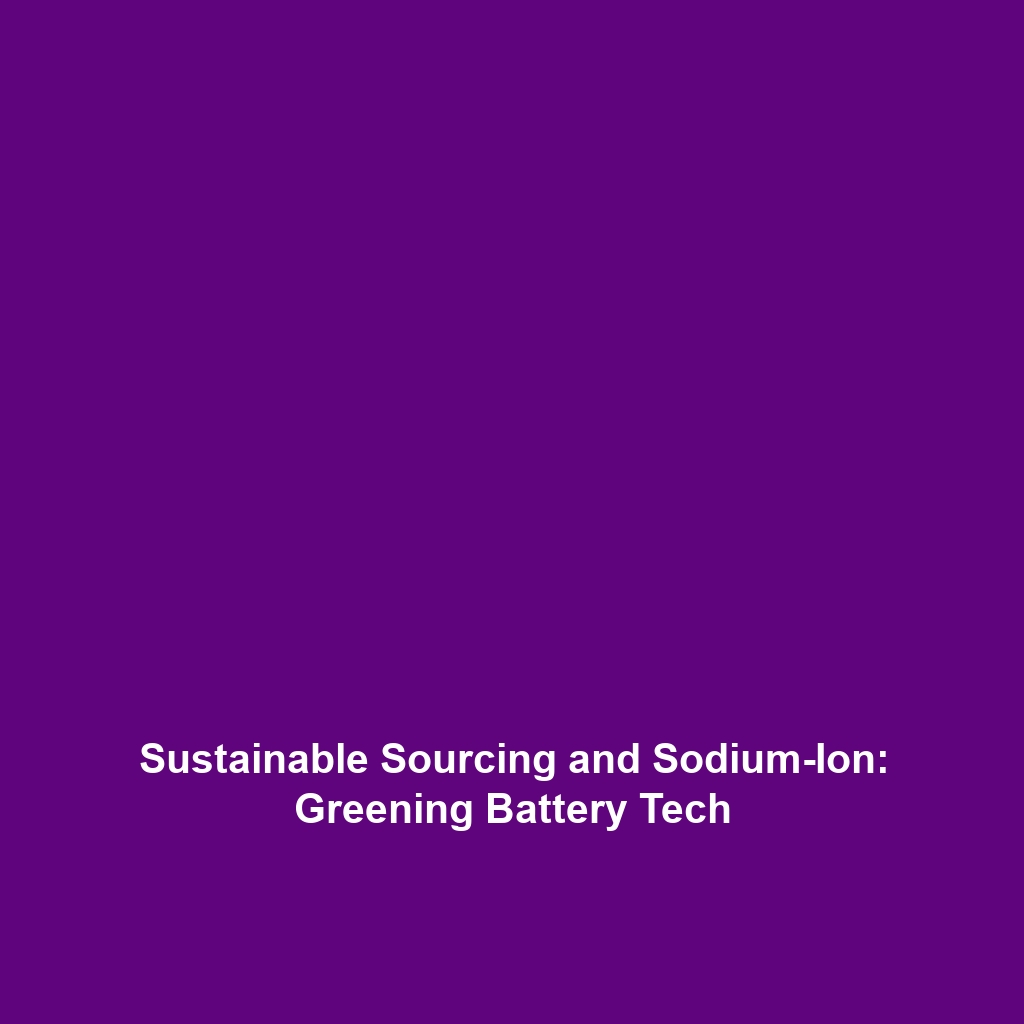Soil Remediation: Removing Heavy Metals and Toxins with Advanced Nanomaterials
Introduction
Soil contamination due to heavy metals and toxins poses a significant threat to environmental health and food security. Soil remediation has emerged as a crucial method in restoring contaminated environments, and the application of advanced nanomaterials is revolutionizing this process. By leveraging the unique properties of nanomaterials, researchers are developing innovative solutions to effectively remove harmful substances from soil. The significance of this work underlines the importance of continued exploration in both soil remediation and advanced nanomaterials to enhance ecological sustainability and public health.
Key Concepts
Understanding Soil Remediation
Soil remediation is the process through which contaminants are removed or rendered harmless in soil. Heavy metals such as lead, cadmium, and arsenic, as well as various organic toxins, present serious environmental hazards. Advanced nanomaterials—including nanoparticles, nanocomposites, and nanostructured materials—offer enhanced reactivity and surface area, making them ideal for soil remediation applications.
Principles of Nanomaterials in Remediation
The core principle behind using advanced nanomaterials for soil remediation is their high surface-to-volume ratio which allows for increased interactions with pollutants. Key mechanisms include:
- Adsorption: Nanomaterials can effectively trap heavy metals and organic toxins on their surface.
- Reduction: Many advanced nanomaterials can facilitate the reduction of toxic compounds to less harmful forms.
- Stabilization: Nanomaterials help stabilize contaminants, preventing their spread.
Applications and Real-World Uses
Advanced nanomaterials have practical applications in soil remediation, effectively addressing contamination issues. Some notable uses include:
- Nanoparticle Immobilization: Techniques using silica nanoparticles to immobilize heavy metals, minimizing their bioavailability.
- Bioremediation Enhancement: Employing magnetic nanoparticles to enhance the efficiency of bioremediation processes.
- Electrokinetic Remediation: Utilizing conductive nanomaterials to facilitate the removal of contaminants through electric fields.
Current Challenges
Despite the promising application of advanced nanomaterials in soil remediation, several challenges remain:
- Environmental Impact: The long-term effects of nanoparticles on ecosystems need thorough investigation.
- Cost-Effectiveness: Scaling up the production of nanomaterials can be expensive, limiting their widespread use.
- Regulatory Issues: Establishing guidelines for the safe use of nanomaterials in environmental applications is still developing.
Future Research and Innovations
The future of soil remediation is promising, with ongoing research leading to innovative breakthroughs. Upcoming trends include:
- Smart Nanomaterials: Development of responsive nanomaterials that activate when in contact with specific contaminants.
- Hybrid Systems: Combining different types of nanomaterials to enhance remediation efficiency.
- Field-Scale Applications: Research focusing on deploying nanomaterials in real-world scenarios to evaluate practical effectiveness.
Conclusion
In summary, the intersection of soil remediation and advanced nanomaterials presents a unique opportunity to tackle environmental contamination effectively. Continuous research and innovation in this field are essential for developing sustainable practices that protect our ecosystems. To learn more about the implications of nanotechnology in environmental science, visit our related articles on [Nanotechnology in Environmental Remediation](#) and [Advanced Nanomaterials for Water Treatment](#).

